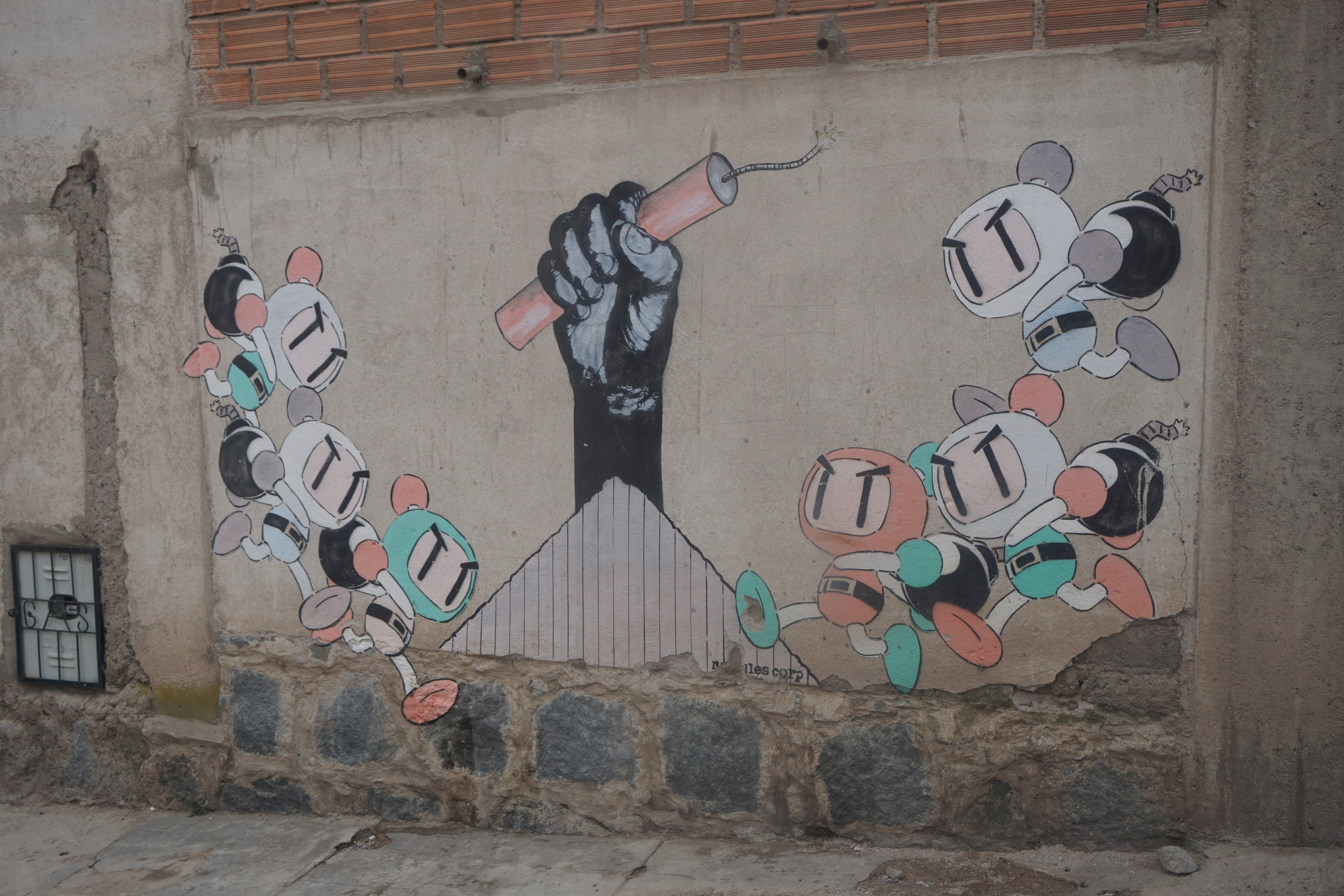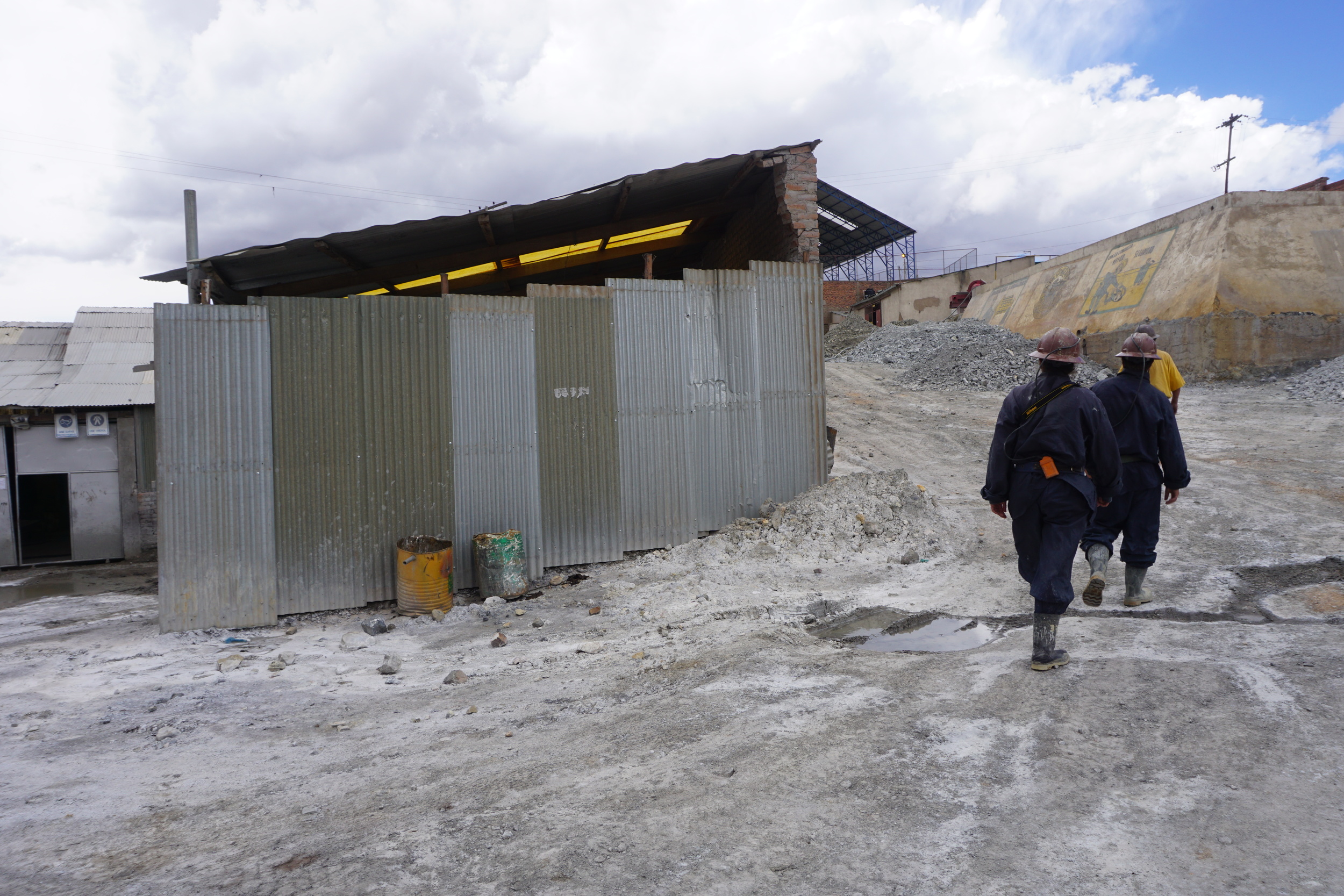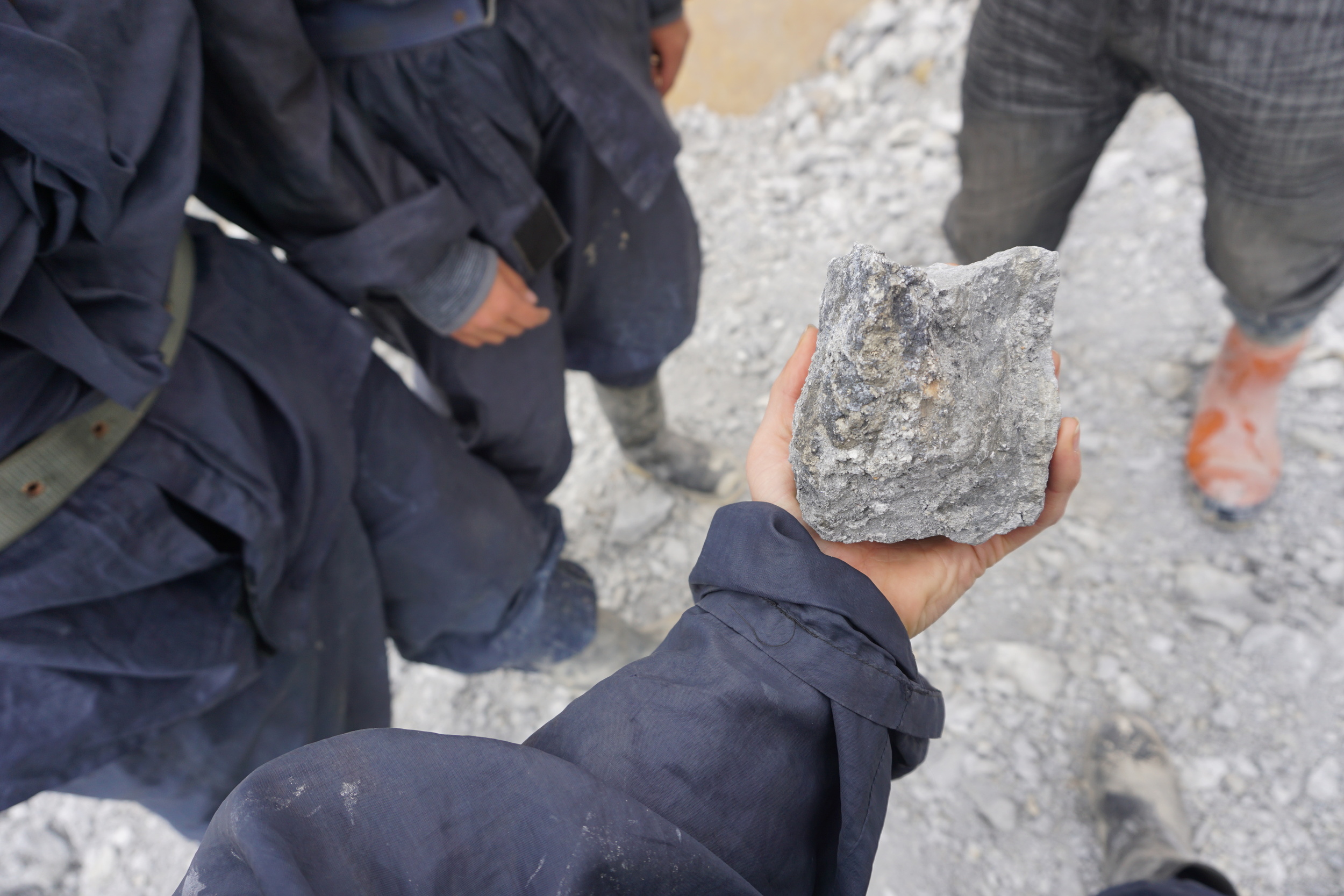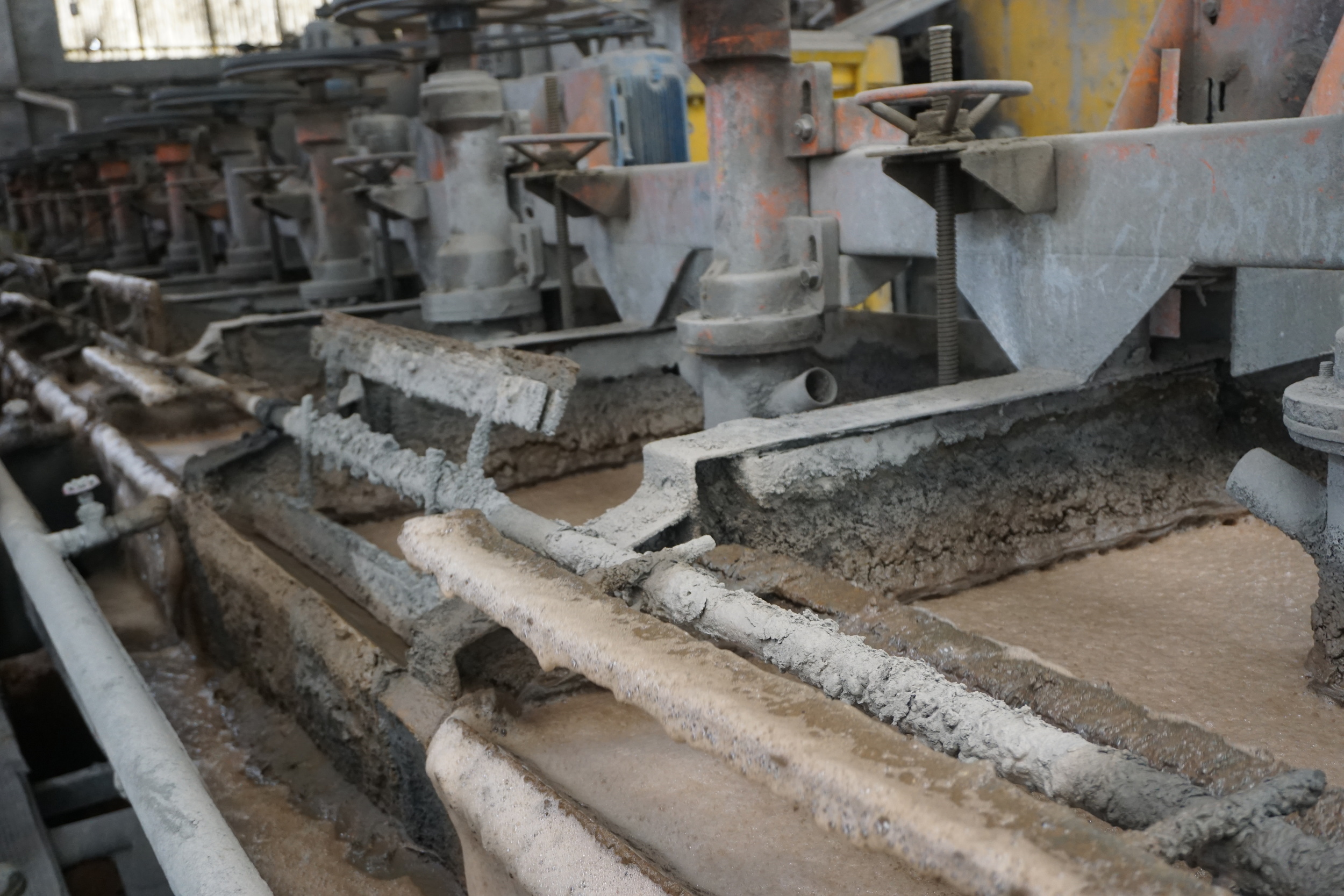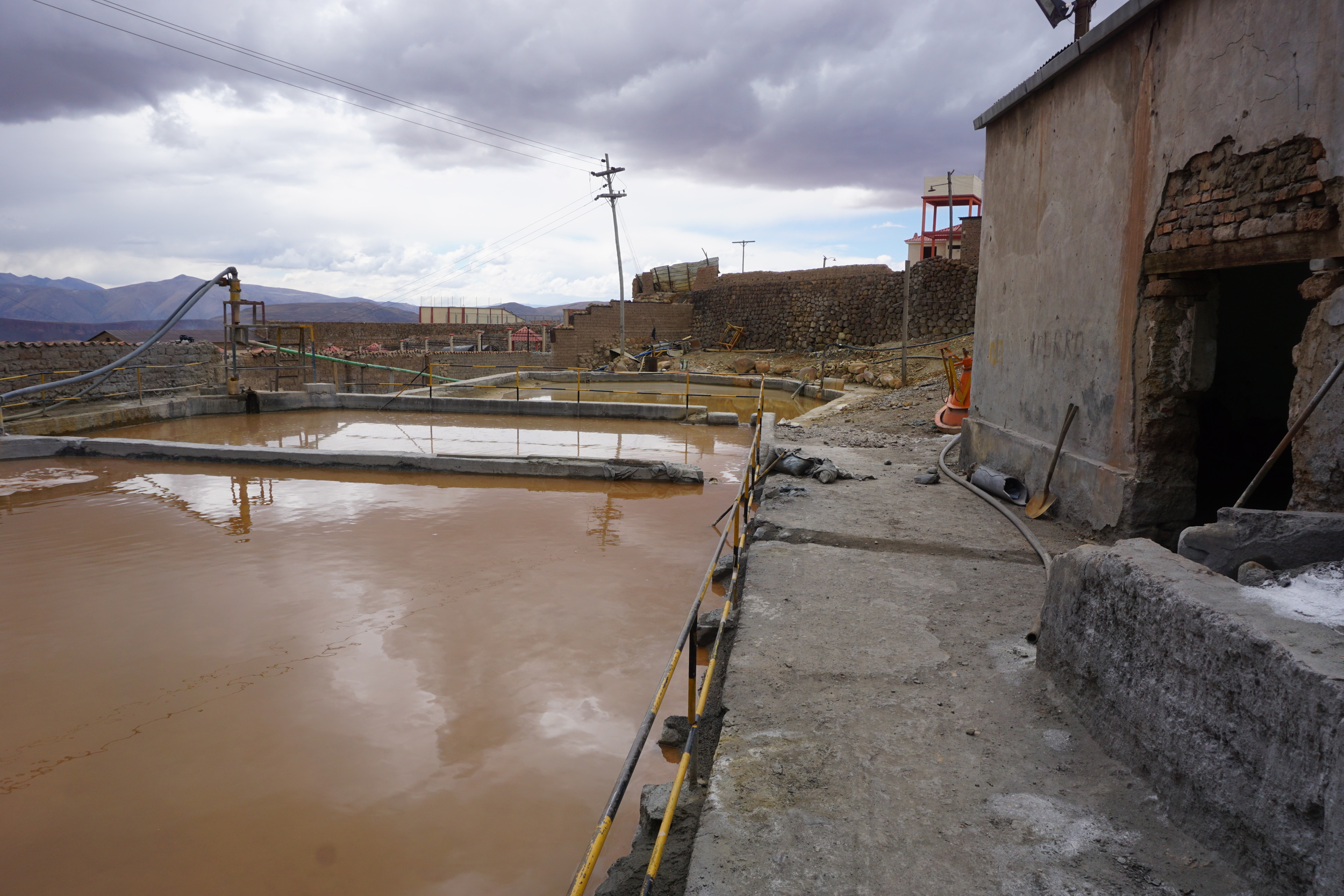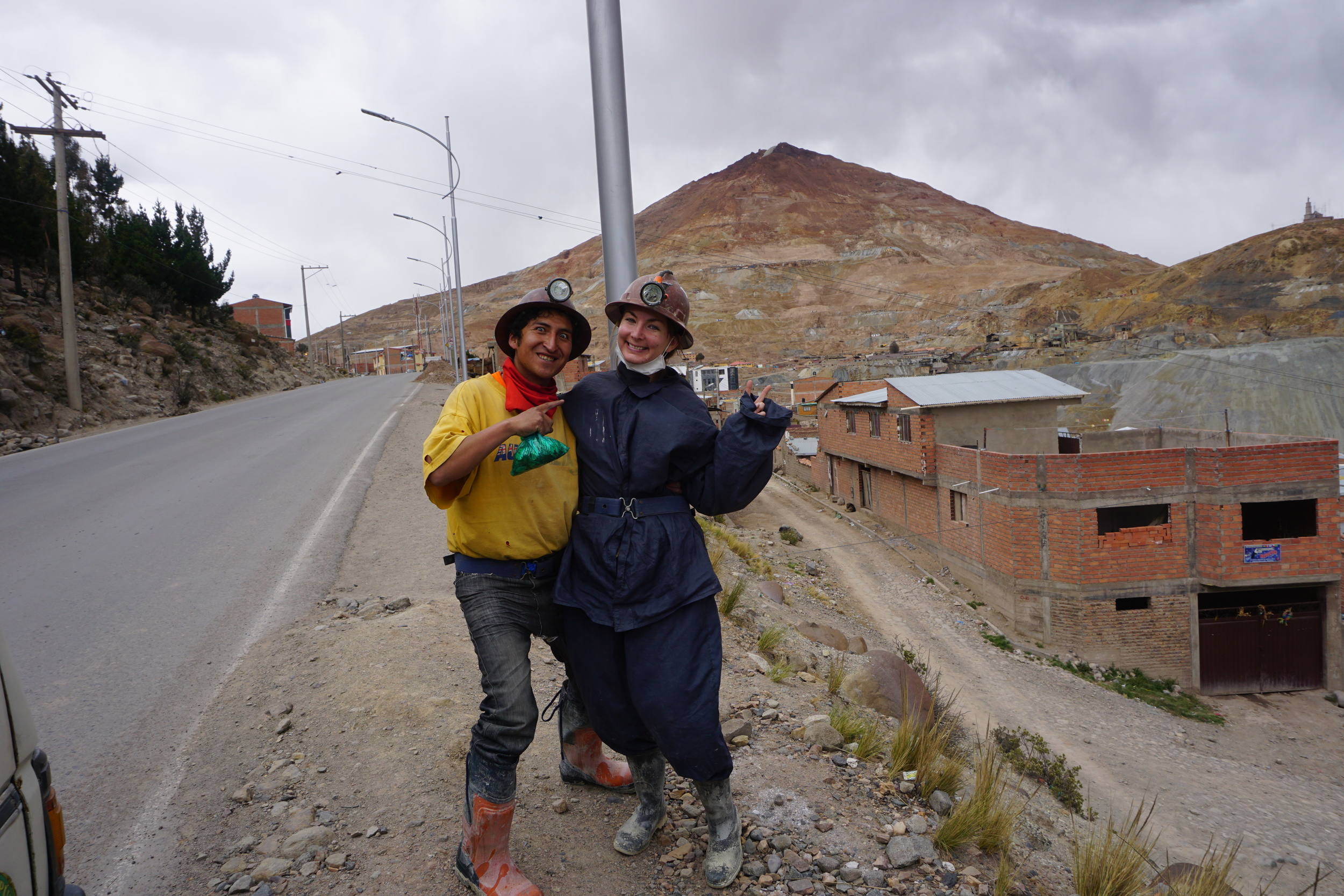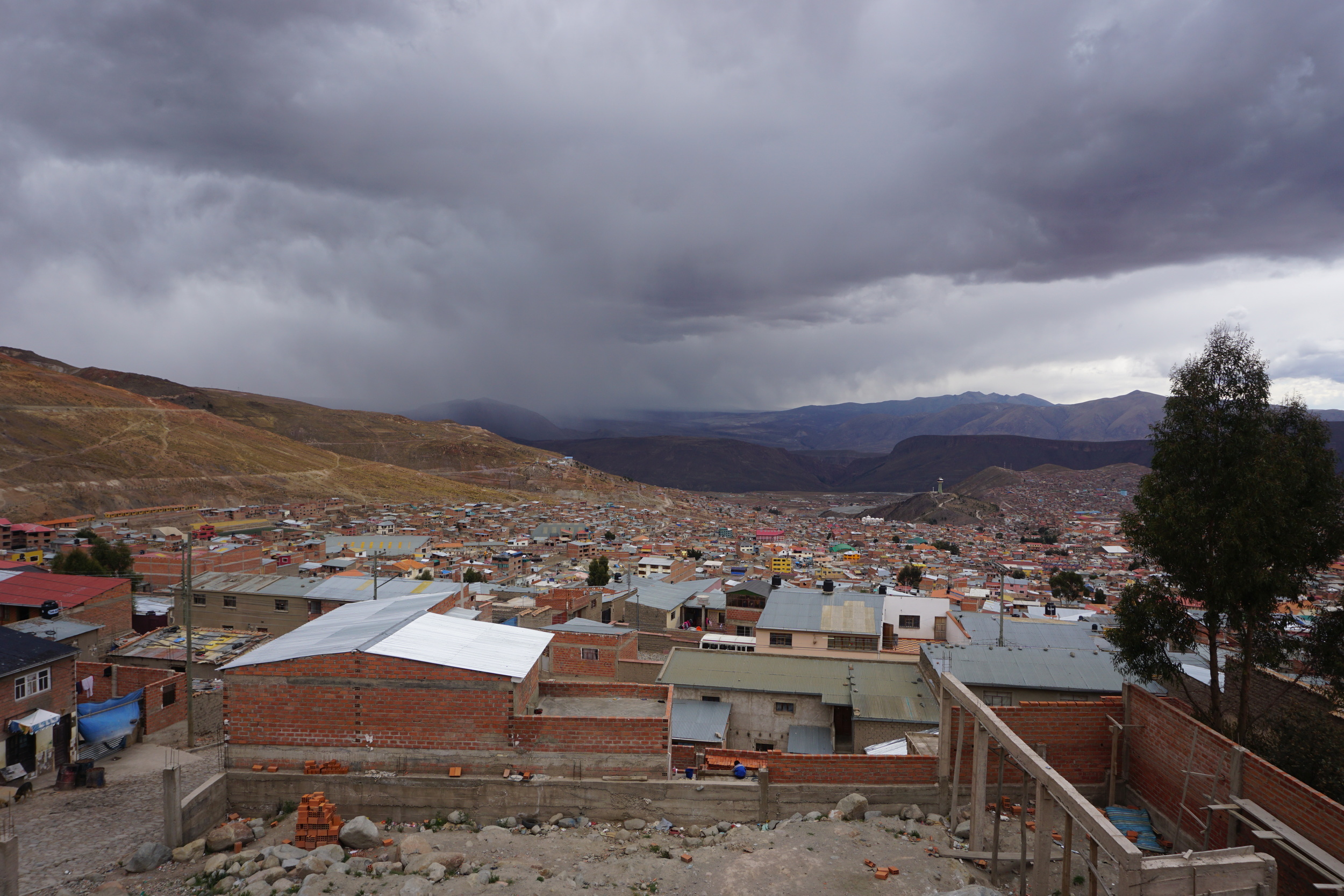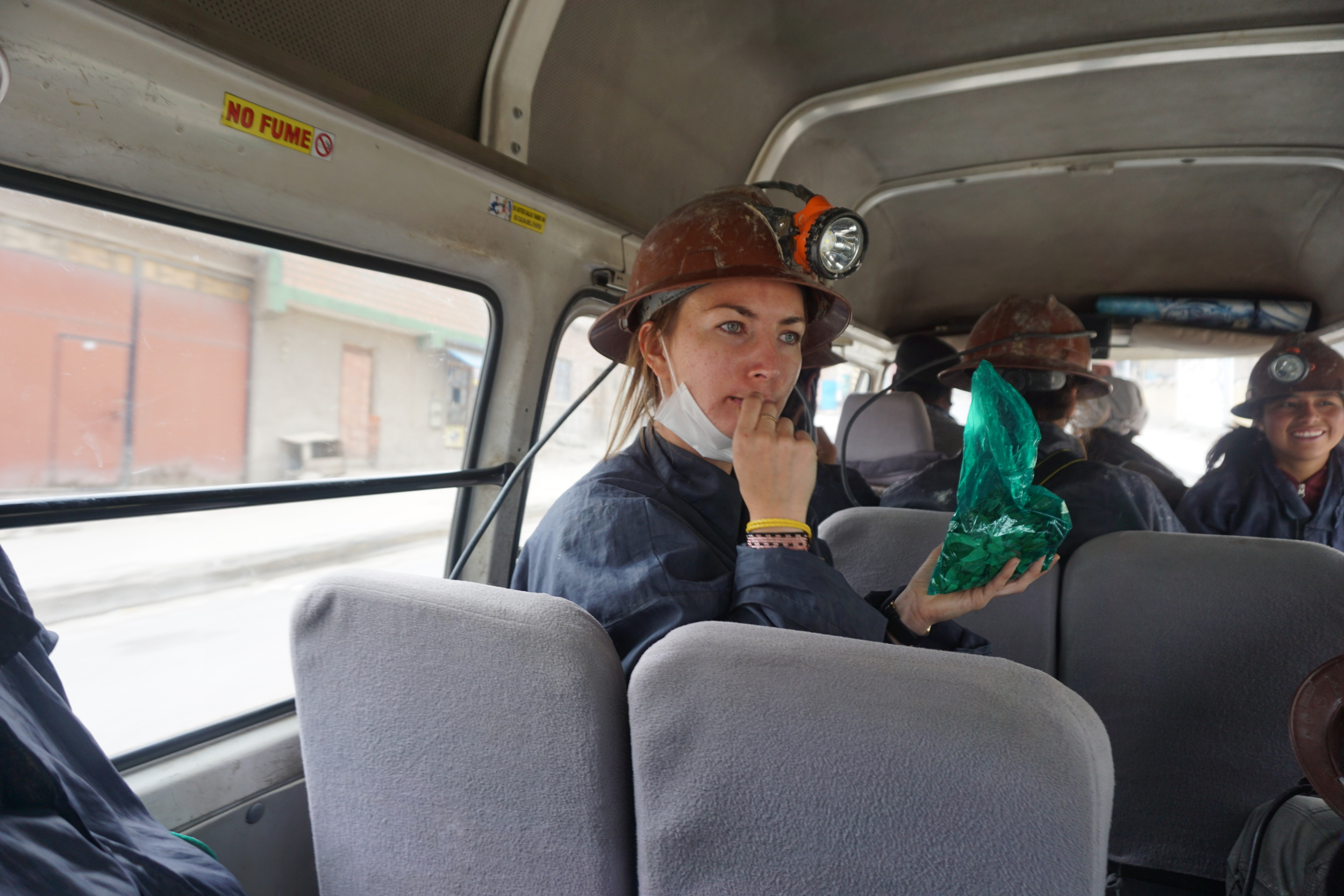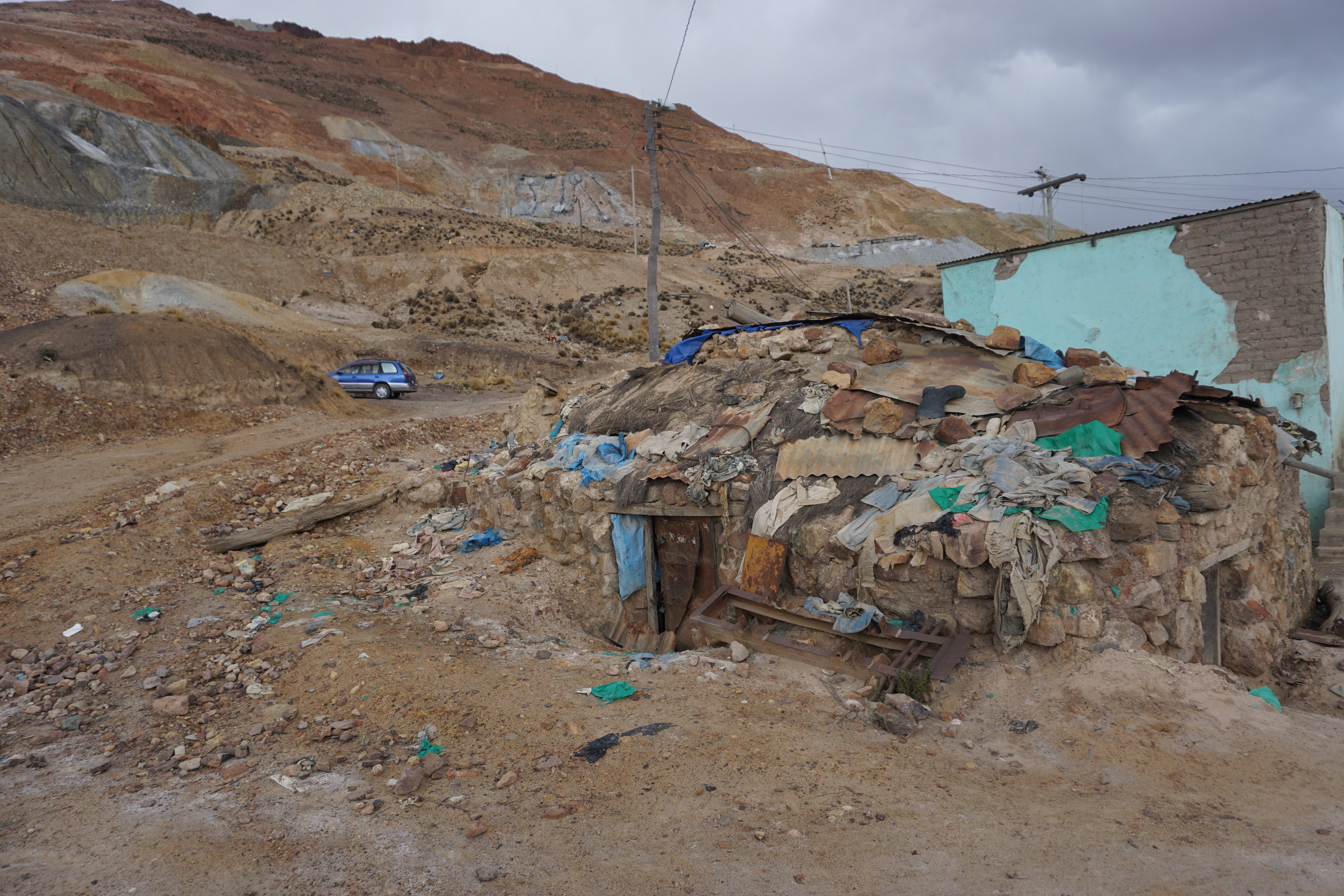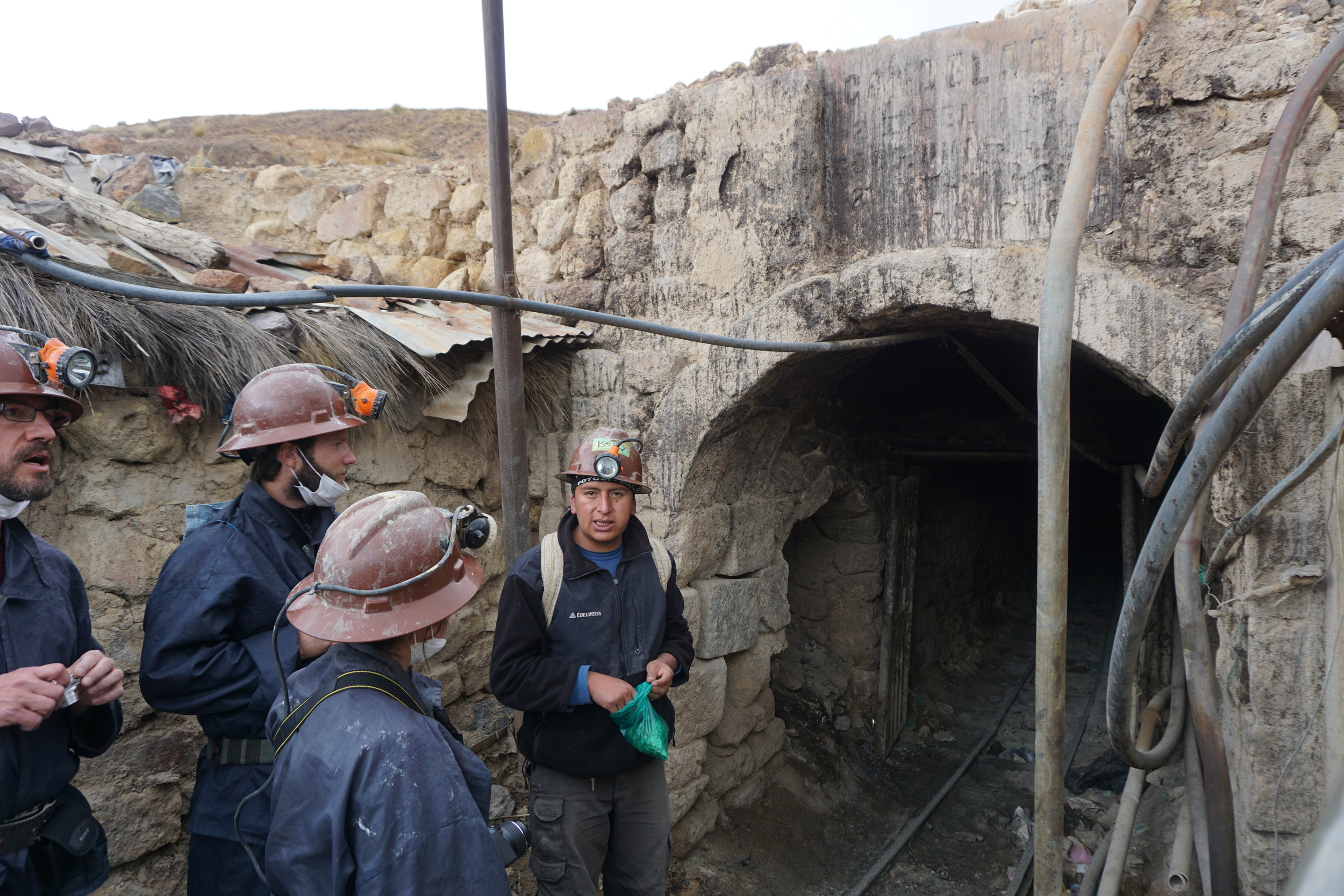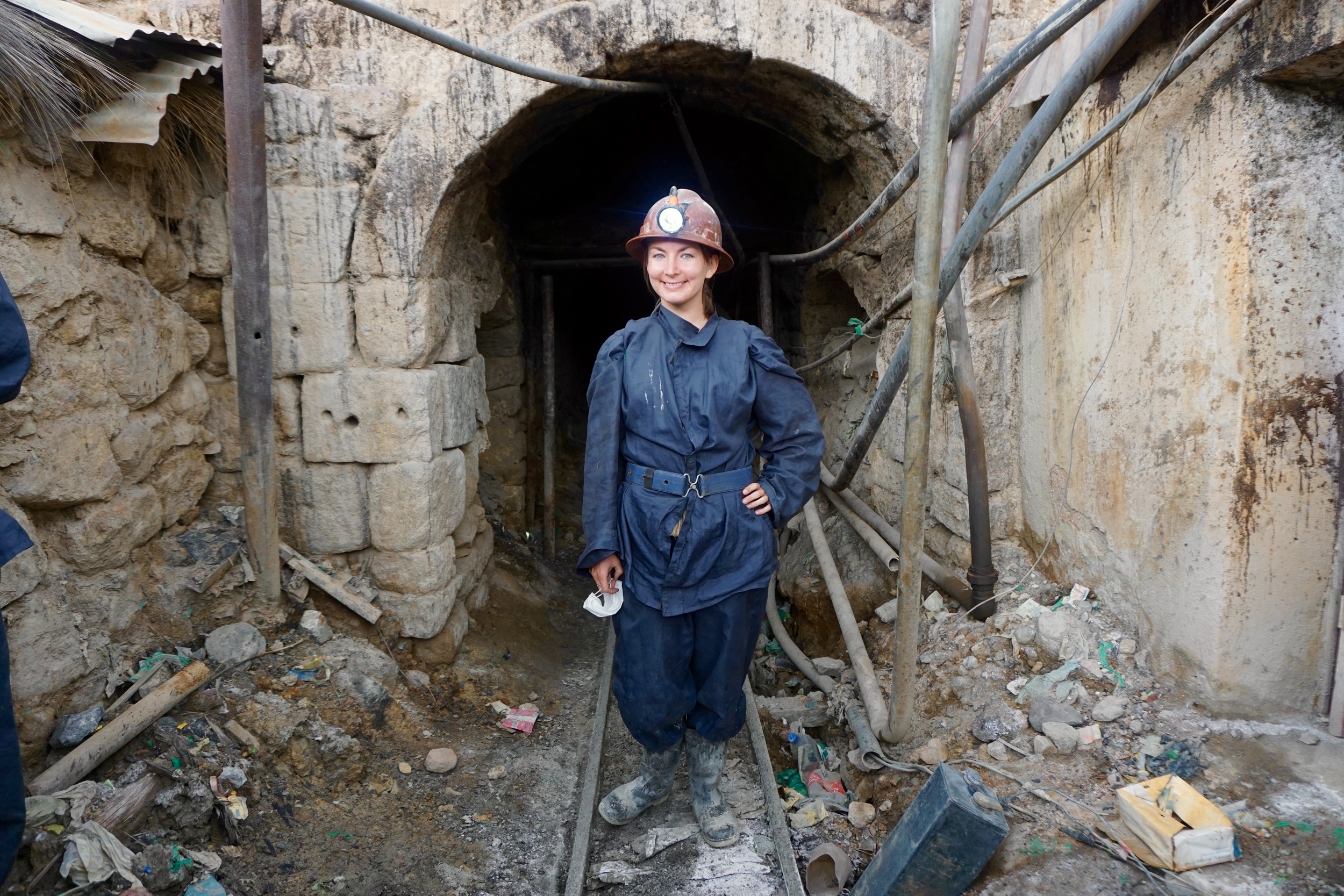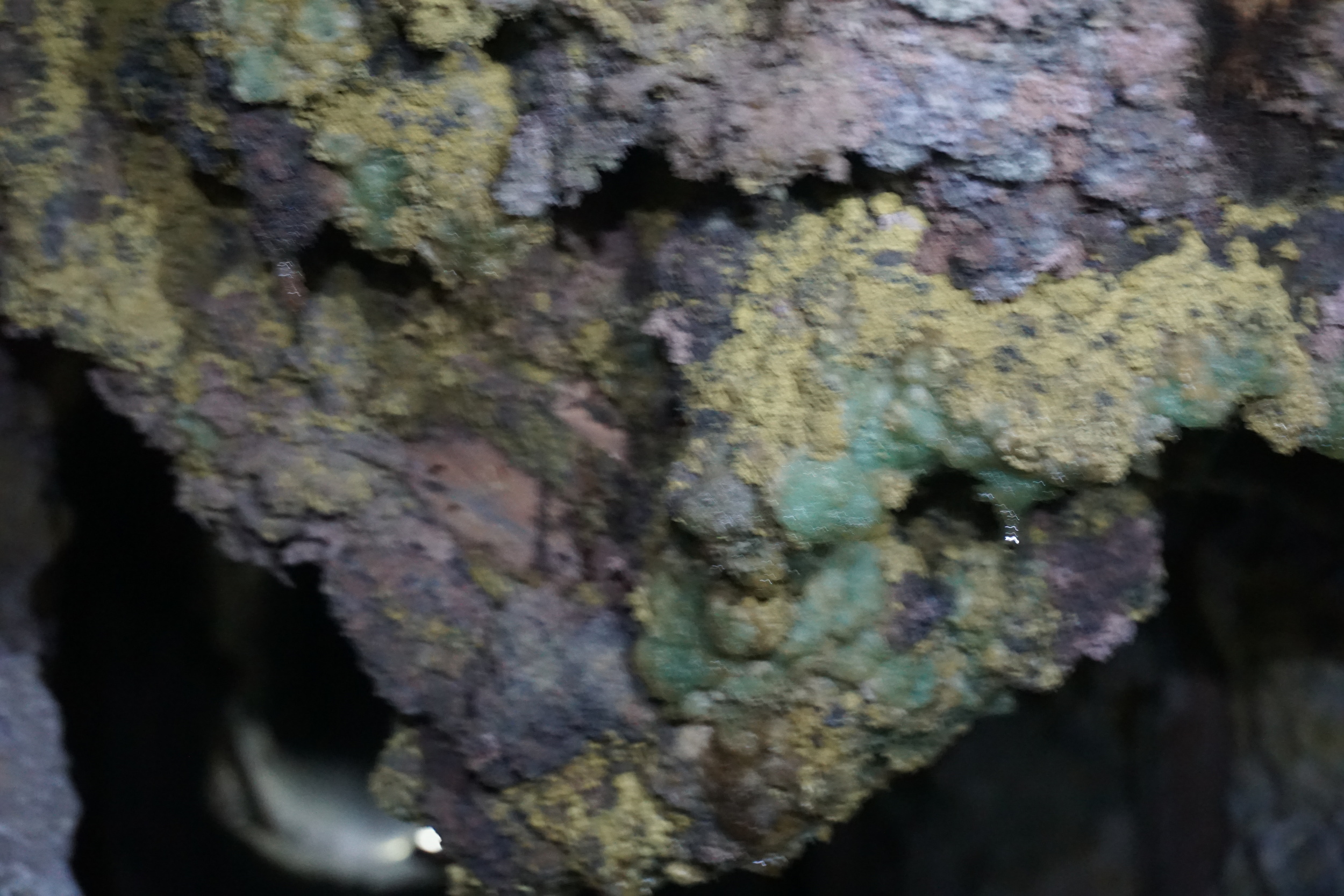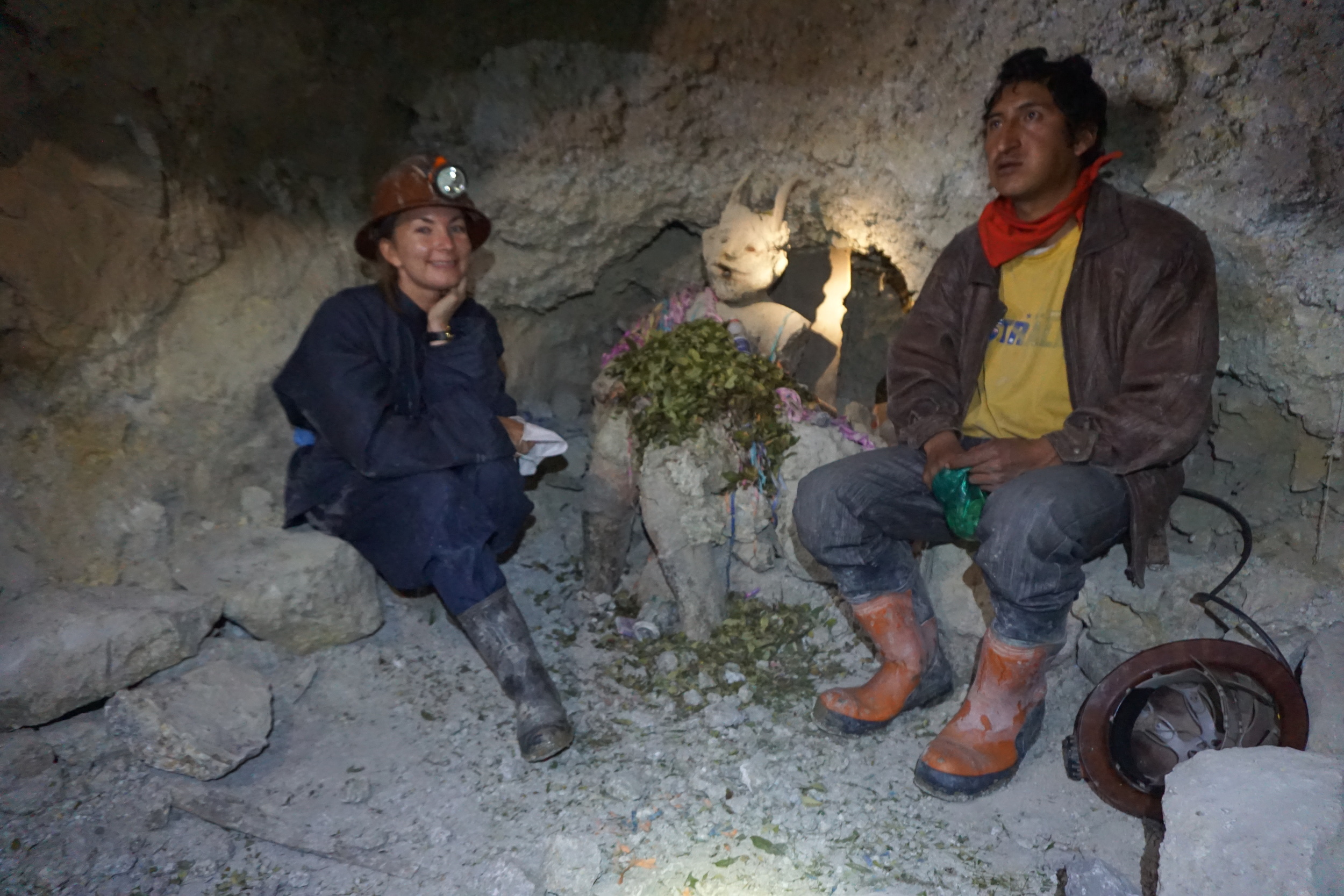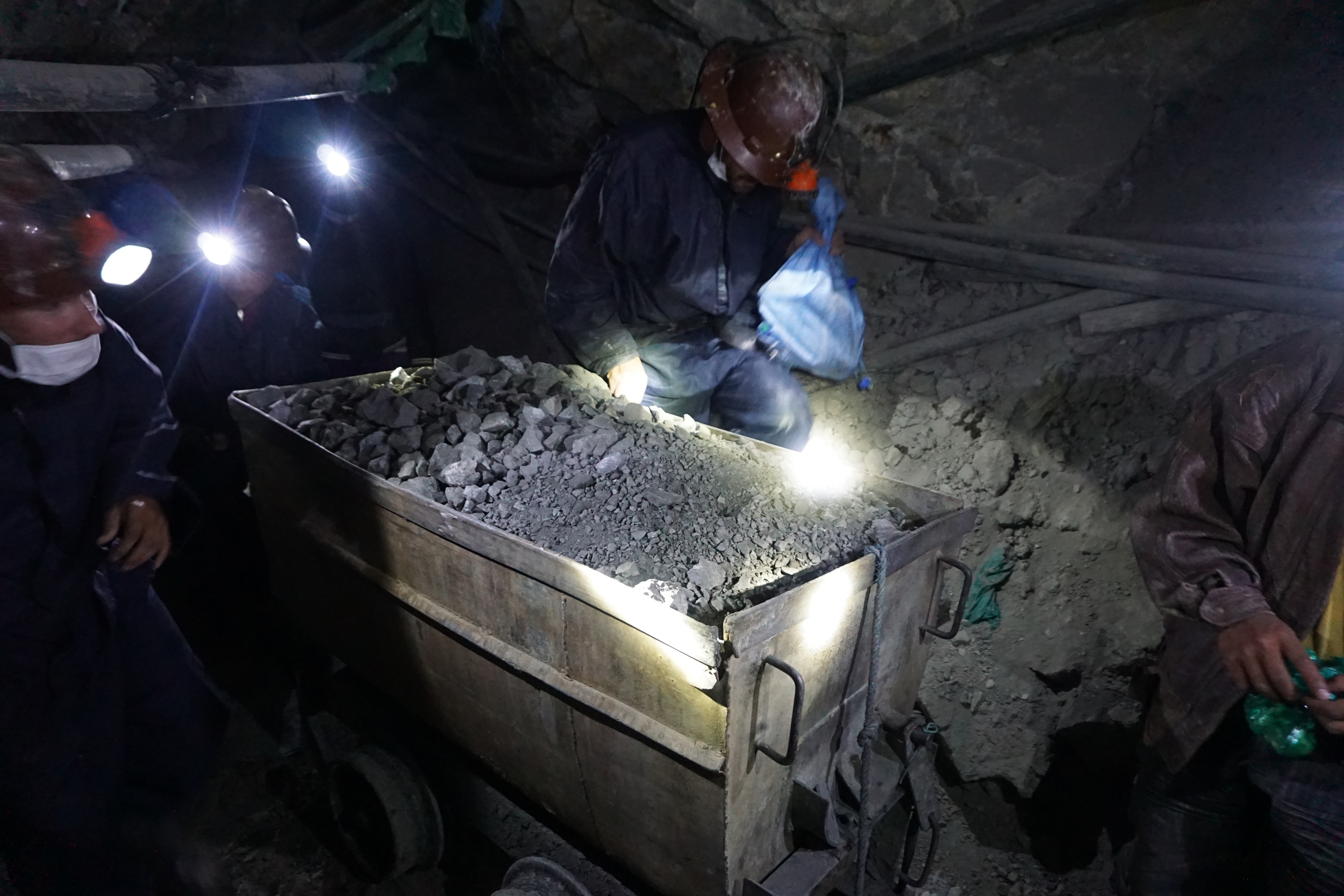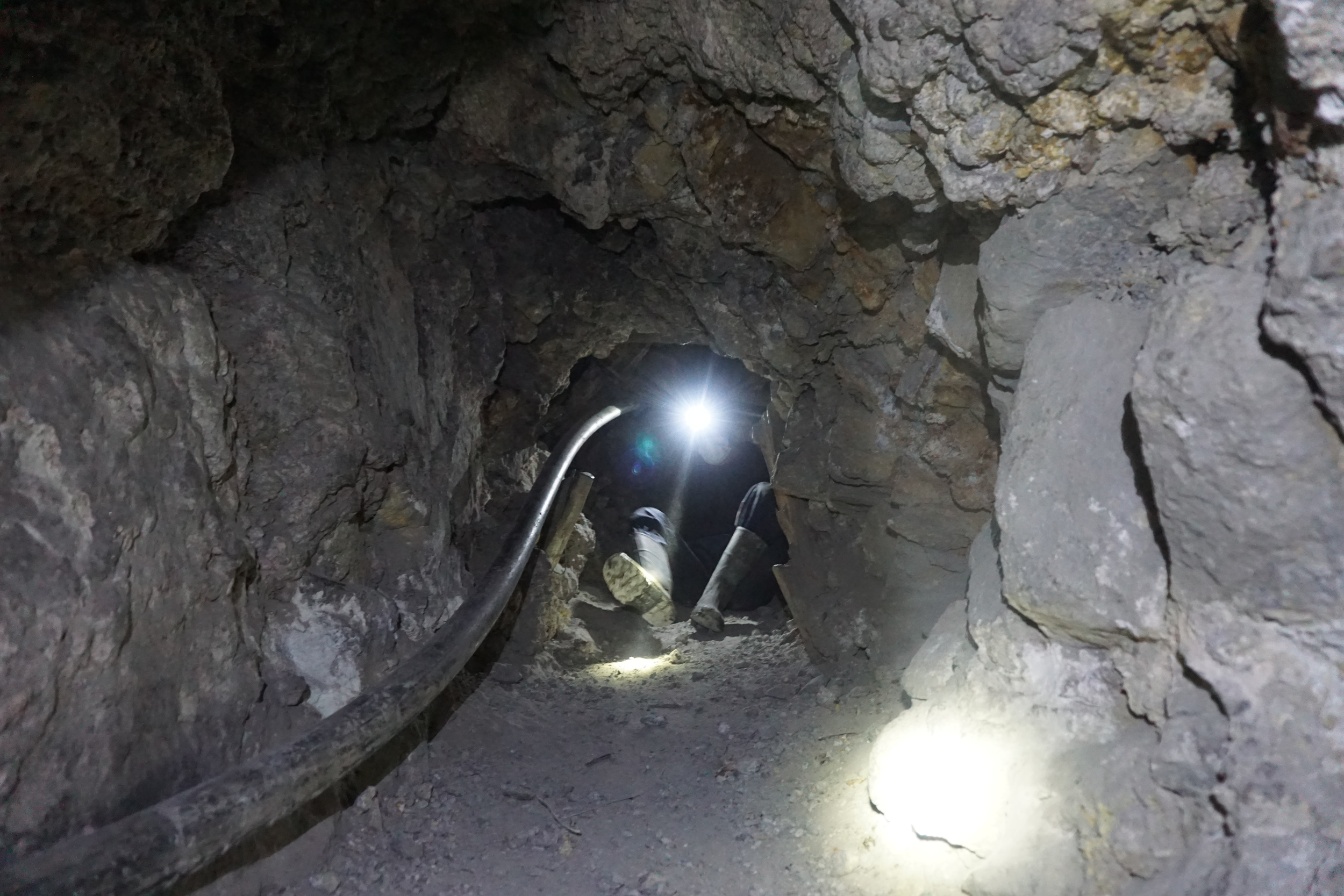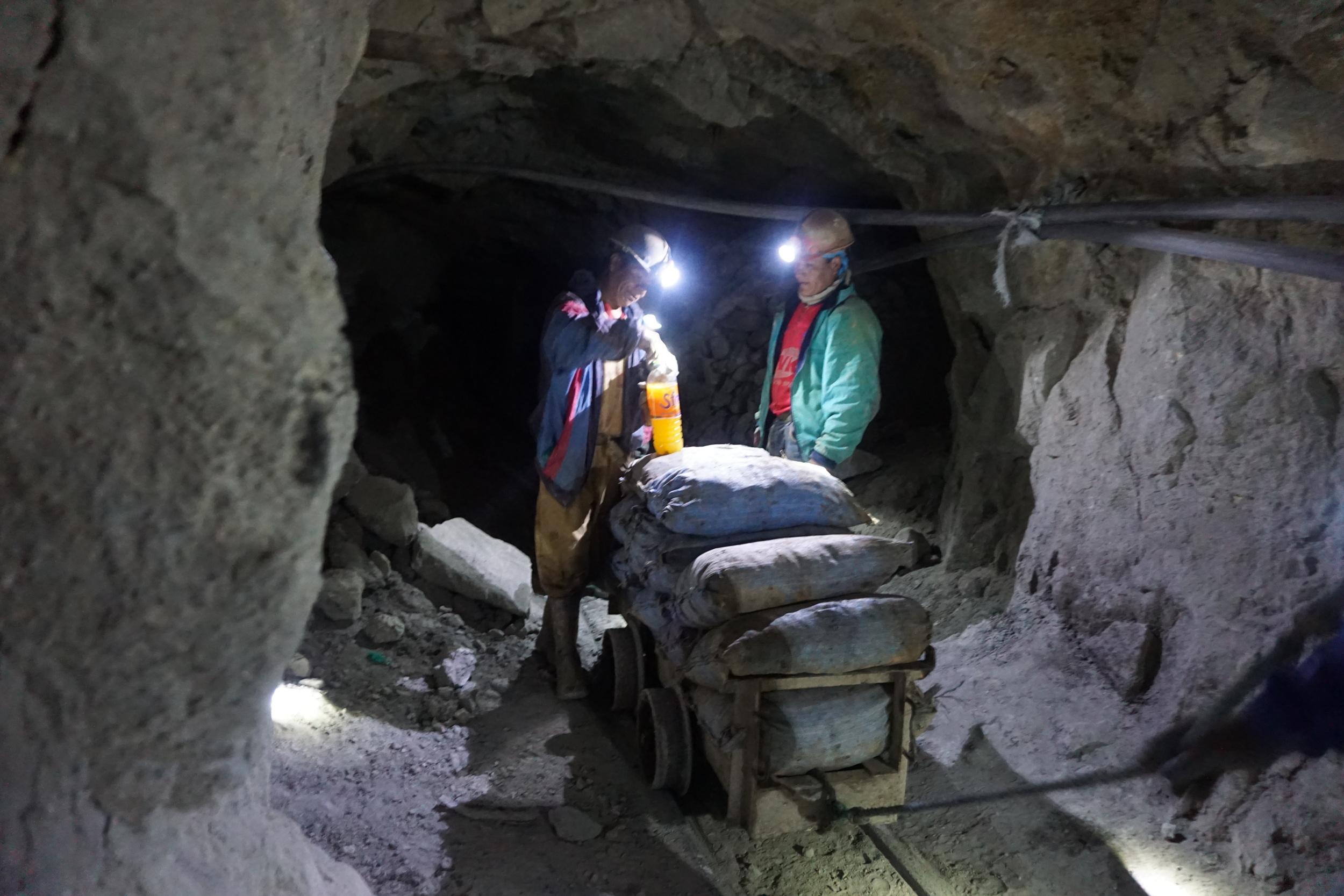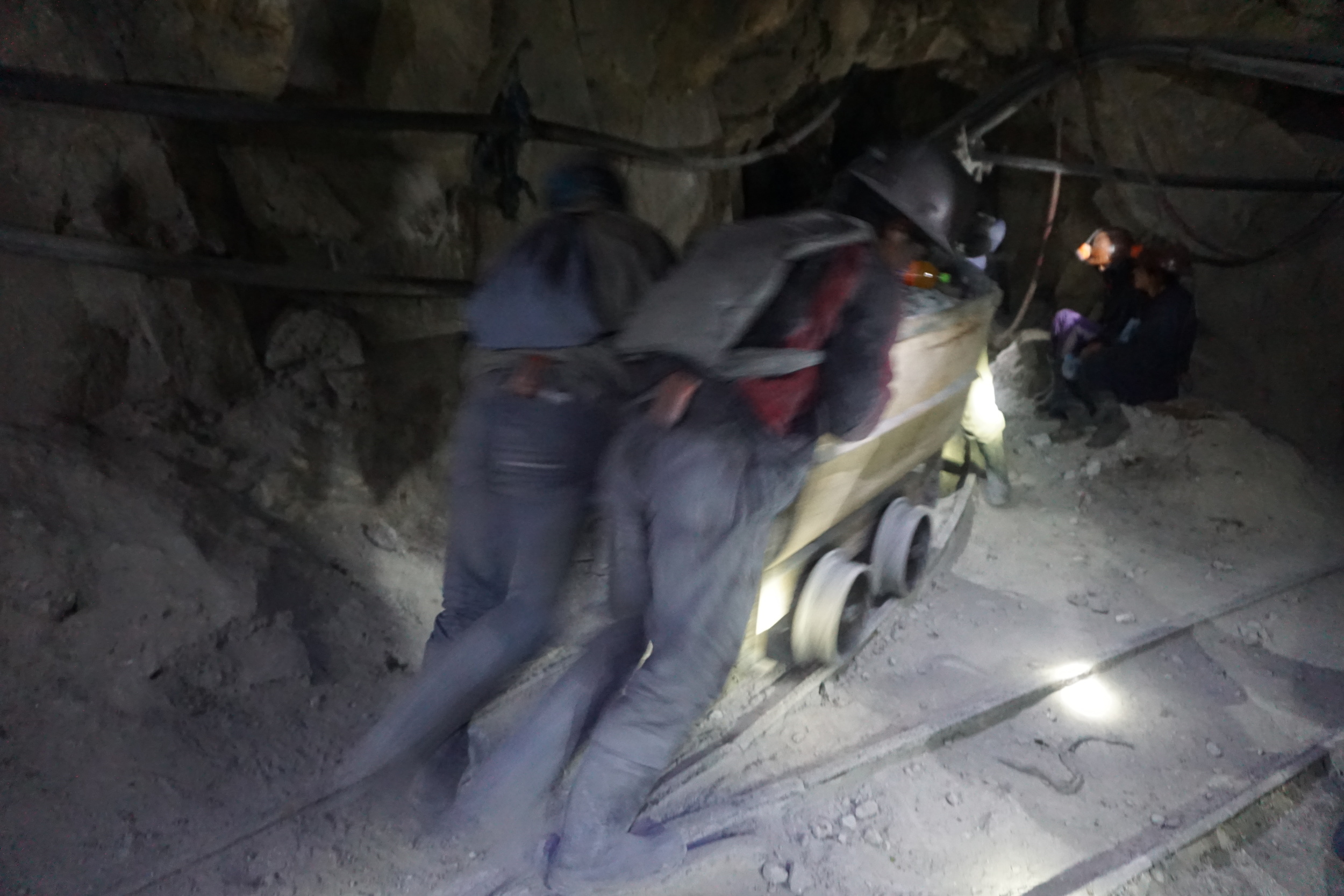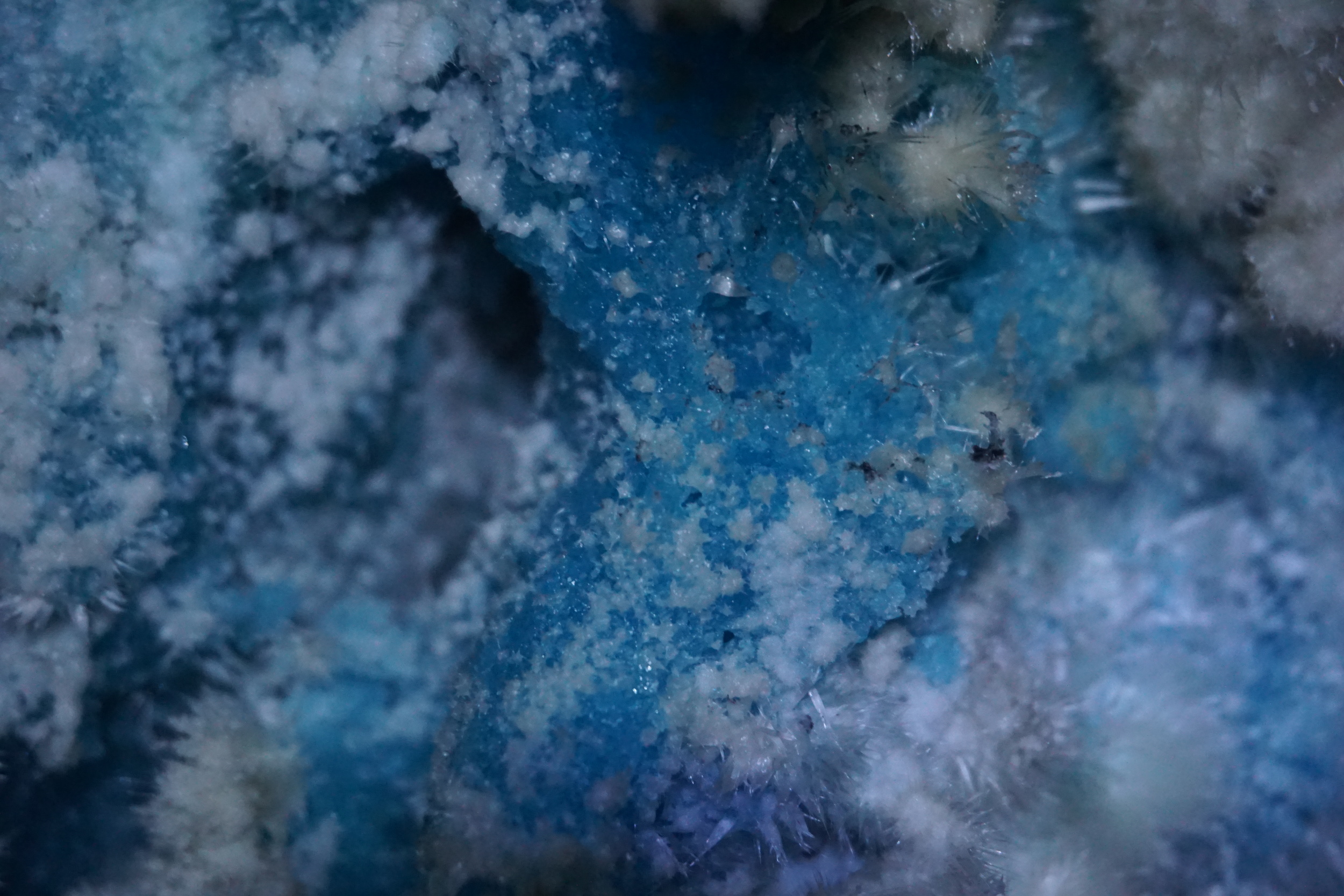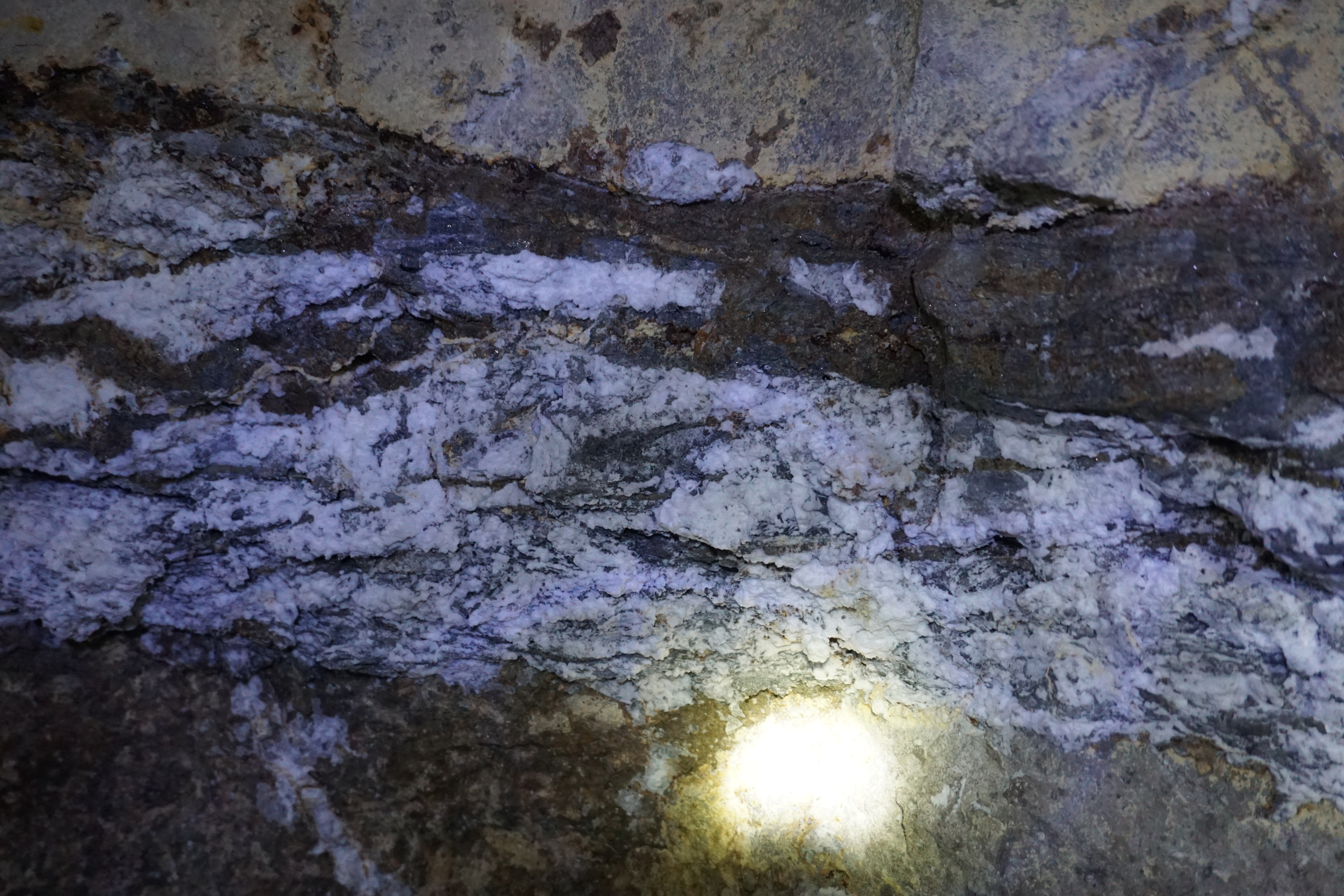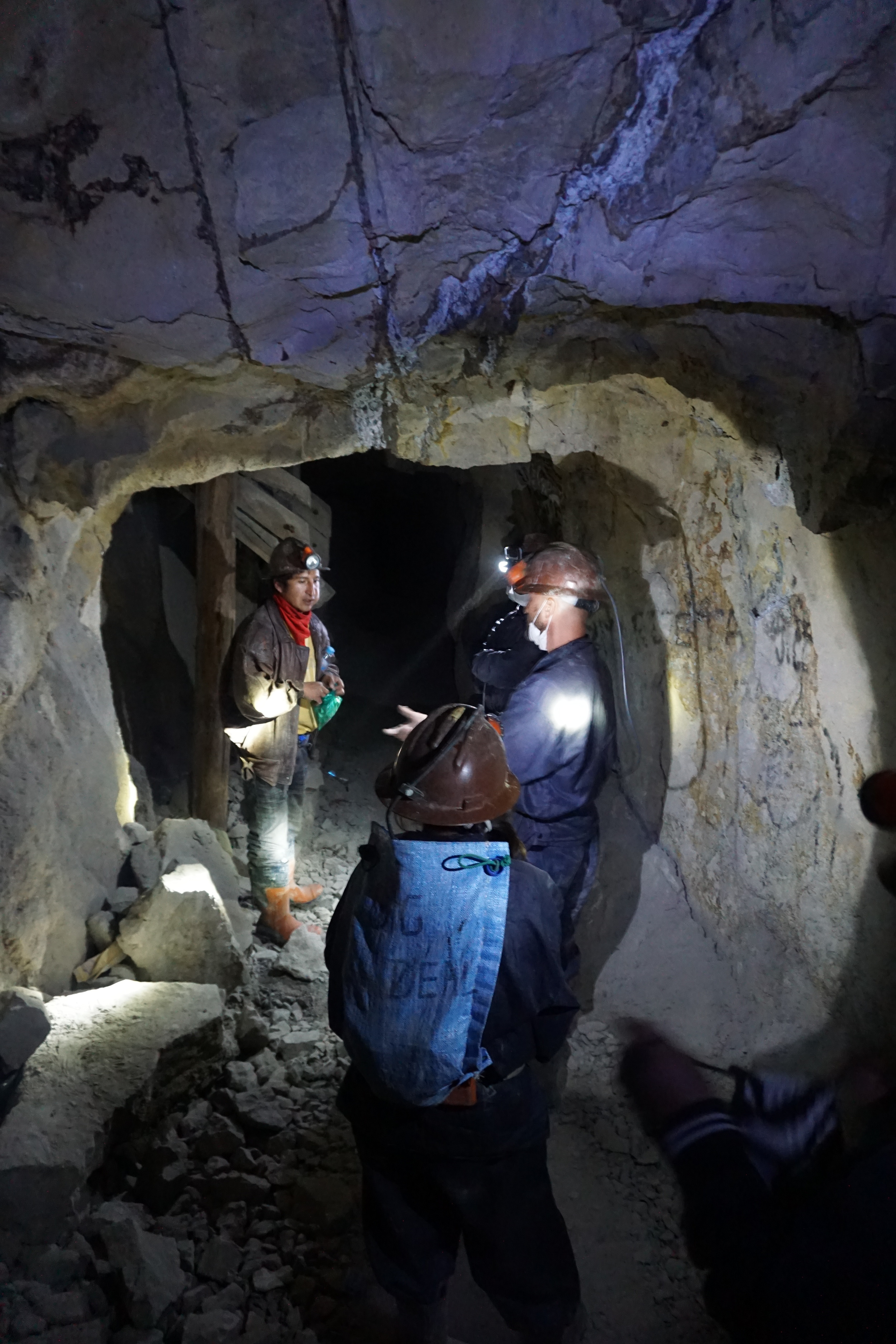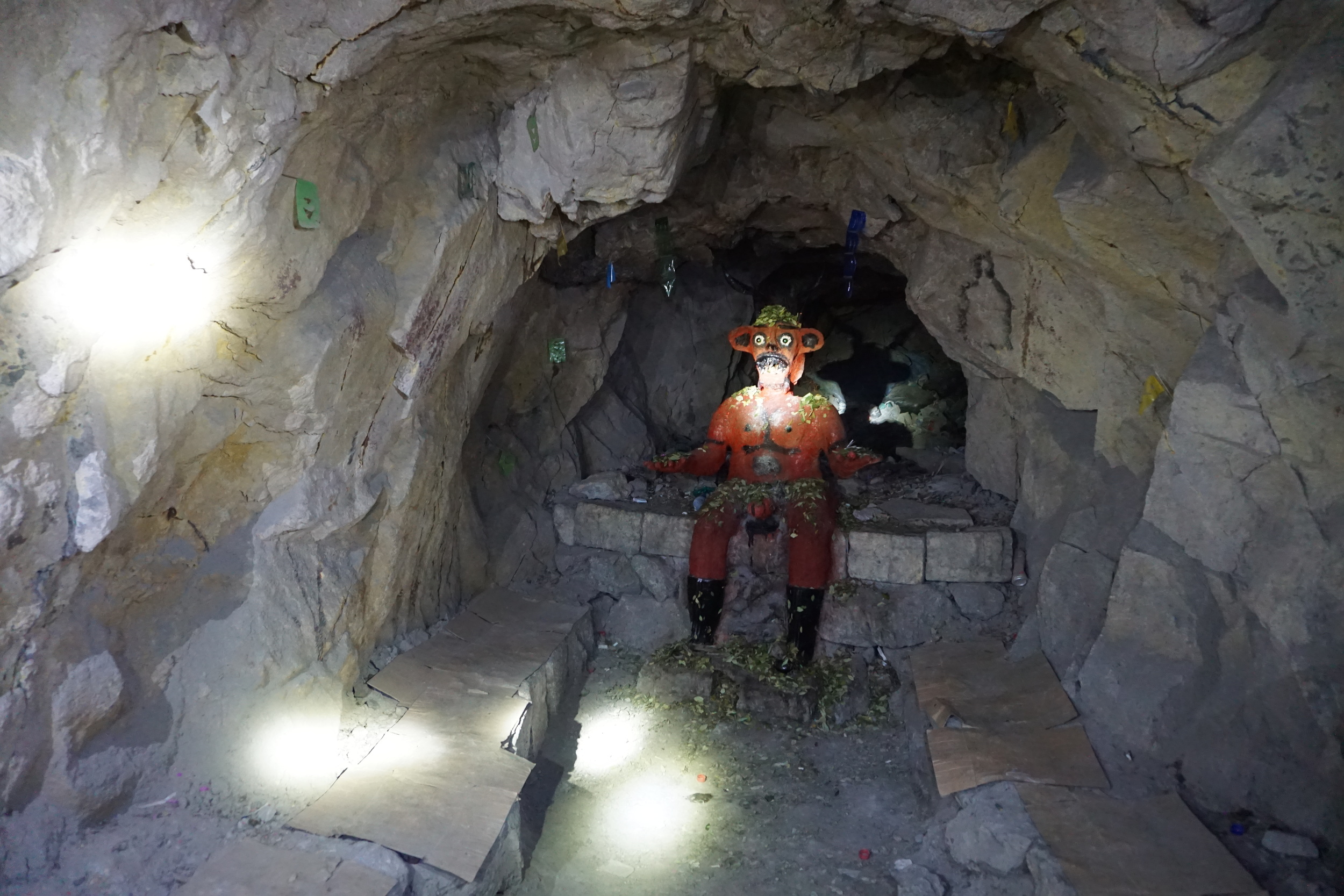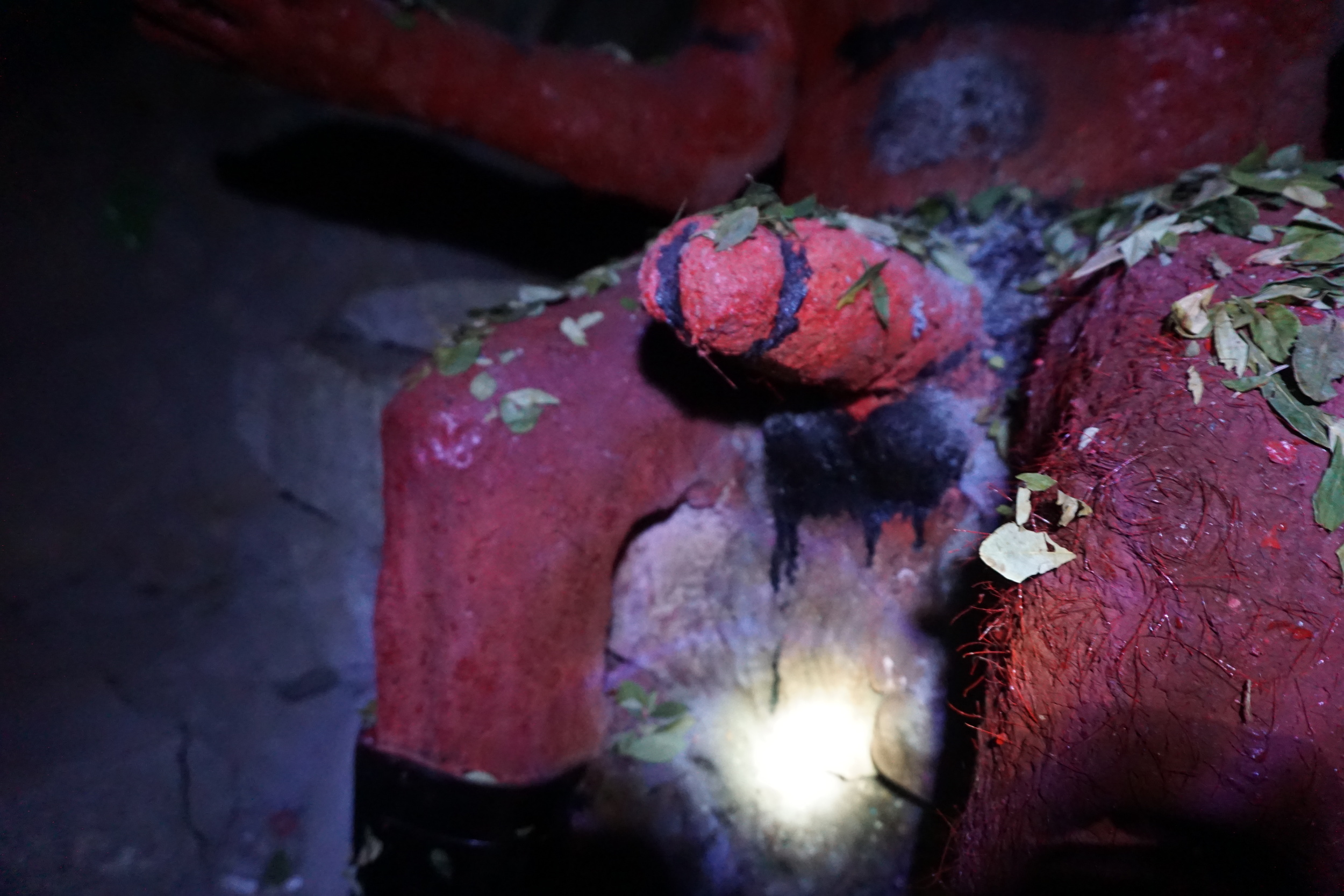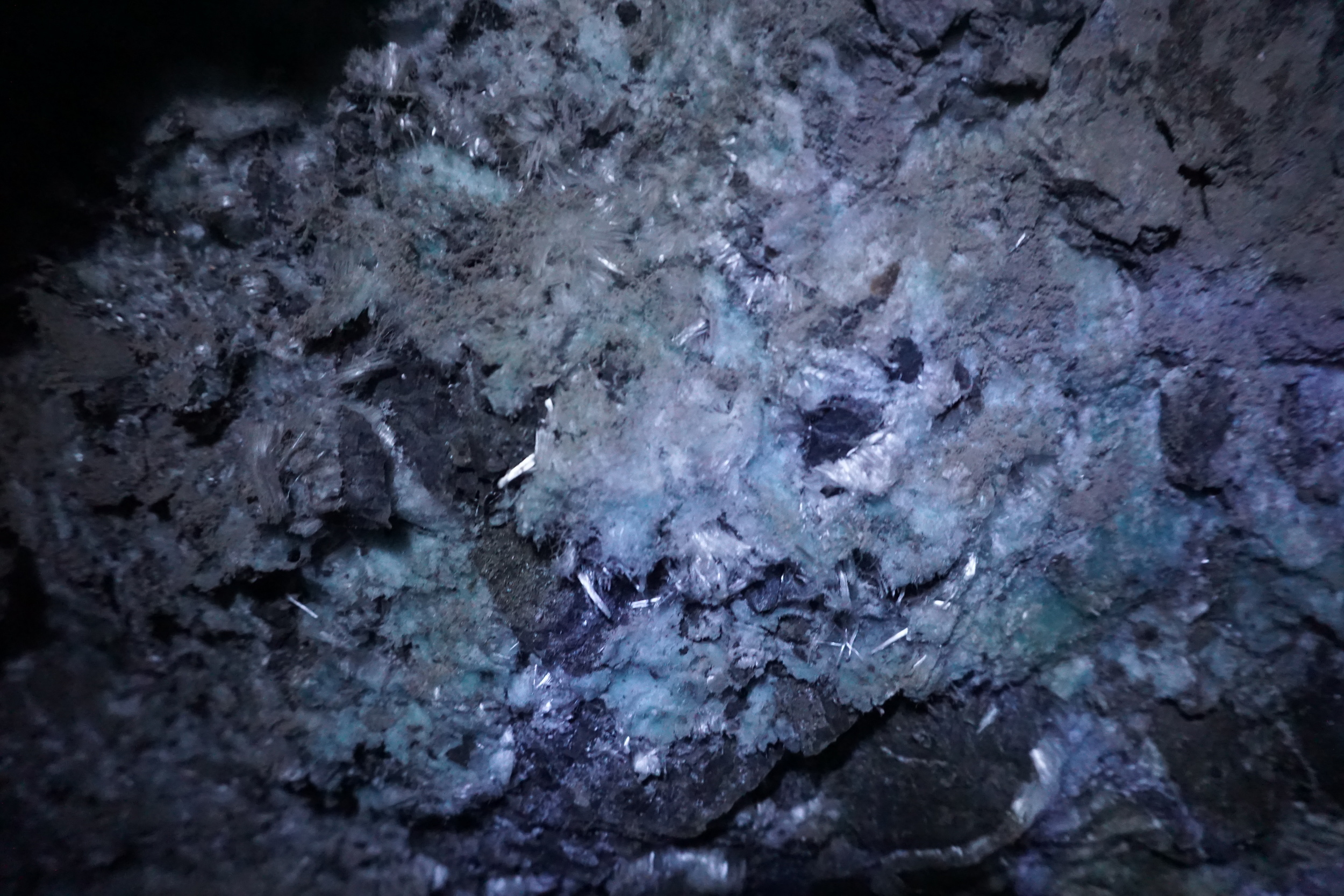October 28th-29th, 2015
I caught the bus at 9:30 this morning from Sucre to Potosi, one of the highest cities in the world at 4,090 m asl. Potosi is a city famous for making its fortune off one of the biggest silver deposits ever discovered. The city is built around the skirts of Cerro Rico, the mountain that provided Spain its silver
The mines of Potosi have been open since the 1500s. The Quechua were mining the silver before the Spanish arrived, who renamed it Cerra Rico (rich mountain). Cerra Rico made Potosi one of the richest towns in South America, though when major production of silver stopped, the town (like many mining towns) struggled greatly.
There are no geologists or engineers who work in the mines. The ore is being mined by artisanal miners, who have years of passed down knowledge about the geology (mostly N/S running veins, for example, with some crosscutting steeper veins which are harder to mine), mineralogy (ZnS, AgS, and some CuS) and engineering of the mines.
Big Deal is the only company that has ex-miners run tours of the mines. In Potosi, mining is a good profession. If you find or hit a good vein, it can make a miner extremely wealthy. We met one miner who ‘struck silver’, and now makes 10,000 bolivianos/ month, and has a team of miners working for him.
Before we started on the tour, we went to an old lady and bought the miners gifts of orange juice and coca leaves, which we were encouraged to chew before going into the mine to ward of thirst and to give us an energy boost. Coca leaves, to me, are similar to caffeine.
The miners loosen the rock with dynamite. Dynamite is legal to buy at a corner store in Potosi from children, tourists, grandmas etc. The miners of course use the dynamite to loosen the rock. Once its set off, they give it a day for the dust to settle and then come back and load it in old-school mining buckets set on train tracks to bring to the surface.
The conditions in the mine are pretty dismal. There is dust everywhere which hurt my throat and eyes after the 3 hour tour. I was crawling on my hands and knees through the tunnels connecting the different levels. There is no air ventilation to the lower levels, so it makes the lower levels of the mine hot (surprisingly) and stale.
When you enter the mine, it is splattered with lama blood. The miners sacrifice lamas every year to Pacha Mama for safety and fertility (more ore). The main deity in the mines is Diablo, which isn’t the Catholic devil, but simply the god of the mines and minerals. There are a few paper machete figures of the diablo, with open hands full of coca leaves, a heart of silver, and a ridiculously large penis (which the tour guide, Pedro, referred to as the big situation). A lama fetus was lain at his feet, his open mouth was stuffed with cigarettes, and he was swimming in a pile of coca leaves which flowed from his open hands.
This was one of my favourite experiences in Bolivia. It's awe inspiring to see how well the miners know the hills. It is heartbreaking to hear the stories of the lives mining has claimed. The differences between the mines of Potosi and the mines I've visited in Canada are vast. It is one of those experiences that makes you appreciate what you have while developing respect for people living in the current experience.






